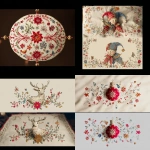Explore the Best AI Image Gallery

Beyond the Canvas: Wearable Tech and the Future of Creative Expression
The intersection of wearable technology and the creative industry has sparked a revolution, pushing the boundaries of artistic expression and redefining how we interact with art. From interactive installations to personalized experiences, wearable tech is transforming the landscape for artists, designers, and audiences alike.
New Dimensions of Artistic Creation
Wearable devices equipped with sensors, haptic feedback, and augmented reality capabilities empower artists to create immersive and interactive artworks. Imagine a painting that responds to your heartbeat, or a sculpture that morphs based on your movements. Wearable tech allows for dynamic, personalized experiences where the audience becomes an integral part of the artistic process.
For musicians, wearable sensors can translate bodily gestures into sound, blurring the lines between physical movement and musical creation. Imagine conducting an orchestra with hand motions captured by a smart glove or playing a melody by simply breathing into a sensor-embedded mouthpiece. This fusion of technology and human expression opens up exciting new possibilities for sonic exploration.
Interactive Design Reimagined
The realm of design is also being transformed by wearable tech. Architects can now don headsets that overlay virtual blueprints onto real-world environments, allowing for seamless spatial understanding and collaborative design sessions. Fashion designers are incorporating interactive elements into clothing, using embedded sensors to trigger light displays or sound effects based on the wearers movements.
Bridging the Gap Between Artist and Audience
Wearable tech has the power to bridge the gap between artists and audiences, fostering a deeper connection and understanding. Imagine attending a performance where wearable devices provide real-time visual interpretations of the music or translate spoken dialogue into different languages. This immersive technology can enhance engagement and create shared experiences that transcend cultural boundaries.
Ethical Considerations: Navigating the New Frontier
As with any emerging technology, there are ethical considerations surrounding the use of wearable tech in creative fields. Privacy concerns arise when personal data collected by sensors is used to inform artistic creations or personalize experiences. Its crucial to ensure transparency and user consent regarding data collection and usage.
The potential for bias in AI-powered algorithms used in creative processes needs careful attention. Ensuring fairness and inclusivity in the development and deployment of these technologies is paramount to prevent the perpetuation of existing societal biases.
Future Trends: A Glimpse into Tomorrows Creative Landscape
The future of wearable tech in the creative industry holds immense promise. Advancements in artificial intelligence, haptics, and augmented reality will continue to push the boundaries of artistic expression. We can expect to see:
- More sophisticated AI-powered tools that assist artists in generating ideas, refining concepts, and automating repetitive tasks.
- The integration of wearable tech into educational settings, providing immersive learning experiences and empowering students to explore creative fields through hands-on experimentation.
- The emergence of new artistic genres and forms that leverage the unique capabilities of wearable technology, blurring the lines between the physical and digital realms.
As wearable tech evolves, it has the potential to democratize creativity, empowering individuals from all walks of life to express themselves in innovative and impactful ways. By embracing this transformative technology responsibly and ethically, we can unlock a future where art knows no bounds.



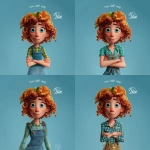
](https://images.ai-img.art/thumbnails/150/e6a179db327f0374ec327d0fdab48ac1f2dc47123eed103b0a41ed346280d07d.webp)



](https://images.ai-img.art/thumbnails/150/6c909fd6d38caac6572b592dd97831deb7d6562bba142798574677582676dfc1.webp)

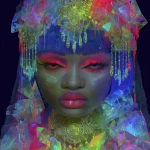
](https://images.ai-img.art/thumbnails/150/655229c40961cb7ff5abd4b4190e02c94ea1a961106e7547a562649c945268be.webp)


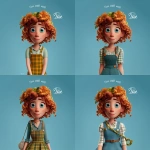


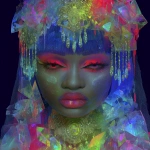



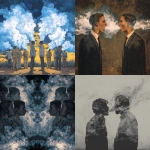




](https://images.ai-img.art/thumbnails/150/184b4b030e30be0a6d51b544226cb4cf2271977814d935d3aaa2b7529355b3b7.webp)



](https://images.ai-img.art/thumbnails/150/60973df1d727dbbf8e6922b7e4836814ab6012106eb9dcfe99aea7aec15f3710.webp)






](https://images.ai-img.art/thumbnails/150/1202074d0d60b08b64d0f91f36468608aaac200a02b721cc8e6d8ec8a908432c.webp)
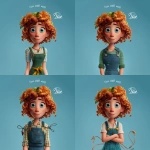

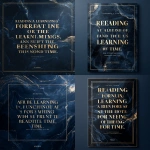





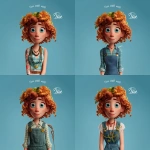
](https://images.ai-img.art/thumbnails/150/26c16e4f635deee86633de398088ca98d9bb748d6e7601436b07e882fab236cb.webp)
